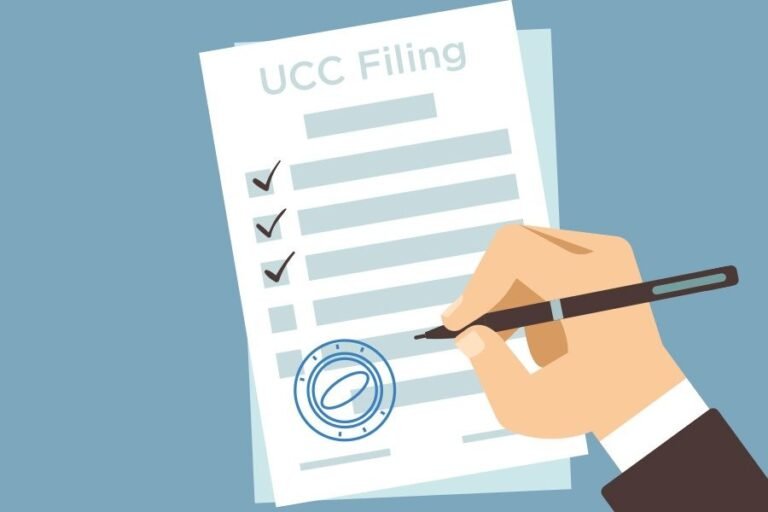A Uniform Commercial Code (UCC) filing is a crucial legal notice that allows a creditor the right to take possession of assets in the event of loan default and to notify other creditors of existing liens. It serves as a form of collateral imposed by a lender to secure a loan and mitigate the risk of the transaction. Let’s delve deeper into the differences between a UCC filing and a UCC lien, the types of UCC filings, and how a UCC filing can impact you.
UCC Filing vs Lien: Understanding the Difference
A UCC filing is an official legal notice that files a claim of security interest on an asset or assets, while a UCC lien is the specific claim on a singular asset that acts as security and can be seized in case of default. It’s important to note that these terms cannot be used interchangeably.
Types of UCC Filings
- UCC Lien Against a Single Asset: This type of filing secures interest in specific collateral, such as equipment or inventory.
- Blanket UCC Lien Against Multiple Assets: In cases where specific collateral isn’t sufficient, a lender may file a blanket lien over all company assets for added security.
How a UCC Filing Affects You
- Asset Repossession: Defaulting on a loan with a UCC lien can lead to asset repossession.
- Impact on Business Credit: UCC filings can affect your business credit report for up to five years.
- Limitation on Asset Pledging: Having a UCC lien can restrict your ability to pledge the same asset for other loans.
The UCC Financing Statement
The UCC financing statement is the document used to file a UCC lien on assets. It includes details about the creditor, borrower, asset description, and lien specifics.
How a UCC Lien Works
The process of obtaining a loan with a UCC lien involves applying for a loan, receiving approval with terms, completing the UCC filing, and having the lien removed upon loan payoff.
Why and When a UCC Lien is Used
Lenders use UCC liens to mitigate risk and secure loans. These liens can be used for various loan types and assets, such as equipment, vehicles, or real estate.
Removing a UCC Lien
To remove a UCC lien, the loan must be paid off, and the lender will file a UCC-3 financing statement amendment to release the lien. In cases of difficulty, borrowers can contact the lienholder or the Secretary of State’s office.
Checking for a UCC Lien
You can check for a UCC lien by reviewing loan agreements or using the NASS public UCC search tool.
Financing Options without a UCC Lien
If you prefer not to have a UCC lien on your assets, explore alternative financing options that may not require this security measure.
In conclusion, understanding the implications of a UCC filing and lien is crucial when securing loans and managing assets. Be proactive in assessing the impact of these filings on your business and explore financing alternatives when needed.

